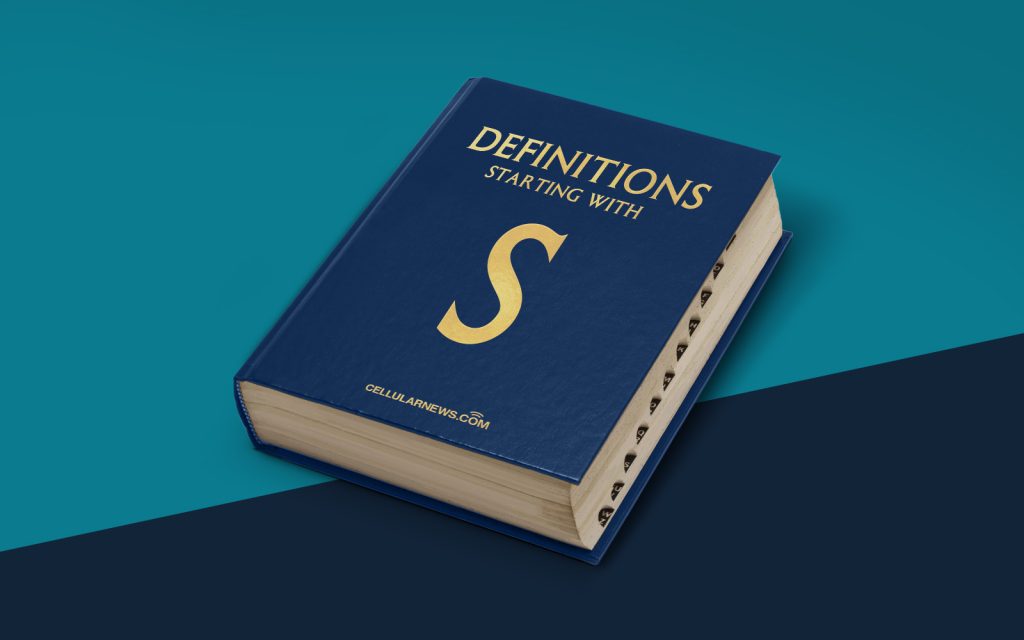
Uncovering the World of Steganography: Hiding Messages in Plain Sight
Have you ever heard of steganography? If not, prepare to be amazed by the hidden world of secret messages. Steganography is an ancient practice that involves hiding information within ordinary-looking objects or data, allowing it to be exchanged without arousing suspicion. In this article, we will explore the fascinating realm of steganography, its history, and its applications.
Key Takeaways:
- Steganography is the art of concealing information within seemingly innocuous objects or data.
- It has been used for centuries to transmit covert messages and is evolving with advancements in technology.
A Brief Journey Through History
The history of steganography dates back to ancient times, where concealed messages were recorded on wax tablets and hidden within the coating of wooden tablets. Over the years, the practice has evolved, with various methods and tools emerging to hide information. During World War II, invisible inks and microdots were commonly employed to transmit secret messages between intelligence agencies.
In recent years, advancements in digital technology have paved the way for the use of steganography in the digital realm. This modern form of steganography involves embedding secret messages within digital images, audio files, videos, or even text documents. The hidden information can be transmitted across the internet or stored on physical media, making it a useful tool for both covert communication and data protection.
The Art and Science of Concealment
So, how does steganography work? The process involves embedding the secret message into a carrier file or object without raising suspicion. The carrier file remains unaltered on the surface, making it indistinguishable from a regular file or object. Only those aware of the embedded message can extract it and reveal its contents.
Steganography methods can vary, depending on the medium used. For digital images, the hidden message can be concealed by slightly altering the pixel values or the color channels of the image, making the changes imperceptible to the human eye. Similarly, in audio steganography, the secret message can be hidden within the audio frequency spectrum, exploiting the limitations of human auditory perception.
Steganography techniques can even be applied to textual data by carefully manipulating the formatting, spacing, or punctuation of a document to encode hidden information. By using these techniques, a simple text file can carry a hidden message that goes unnoticed by casual observers.
The Applications of Steganography
Steganography has a wide range of applications in various fields:
- Covert Communication: Steganography is often used in situations where users need to exchange sensitive information without attracting attention. This can be crucial in intelligence operations, military communication, or protecting personal privacy.
- Data Protection: Steganography can be used to protect data from unauthorized access. By concealing sensitive information within seemingly unremarkable files or objects, it adds an extra layer of security to prevent data breaches or interceptions.
- Watermarking: In the field of digital media, steganography is employed for embedding watermarks, invisible to the naked eye, to protect copyrights and trace unauthorized distribution.
Overall, steganography serves as a powerful tool for clandestine communication, protecting sensitive information, and securing digital content. Its applications span from intelligence agencies to everyday individuals who value privacy. Although it may seem like something straight out of a spy novel, steganography continues to evolve hand in hand with advancements in technology.
Unlocking the Secrets, One Message at a Time
Now that you have a better understanding of steganography, you can appreciate the hidden world of secret messages that exist all around us. The next time you encounter an innocent-looking image, audio file, or document, you might just wonder if there’s something more hidden beneath the surface.
